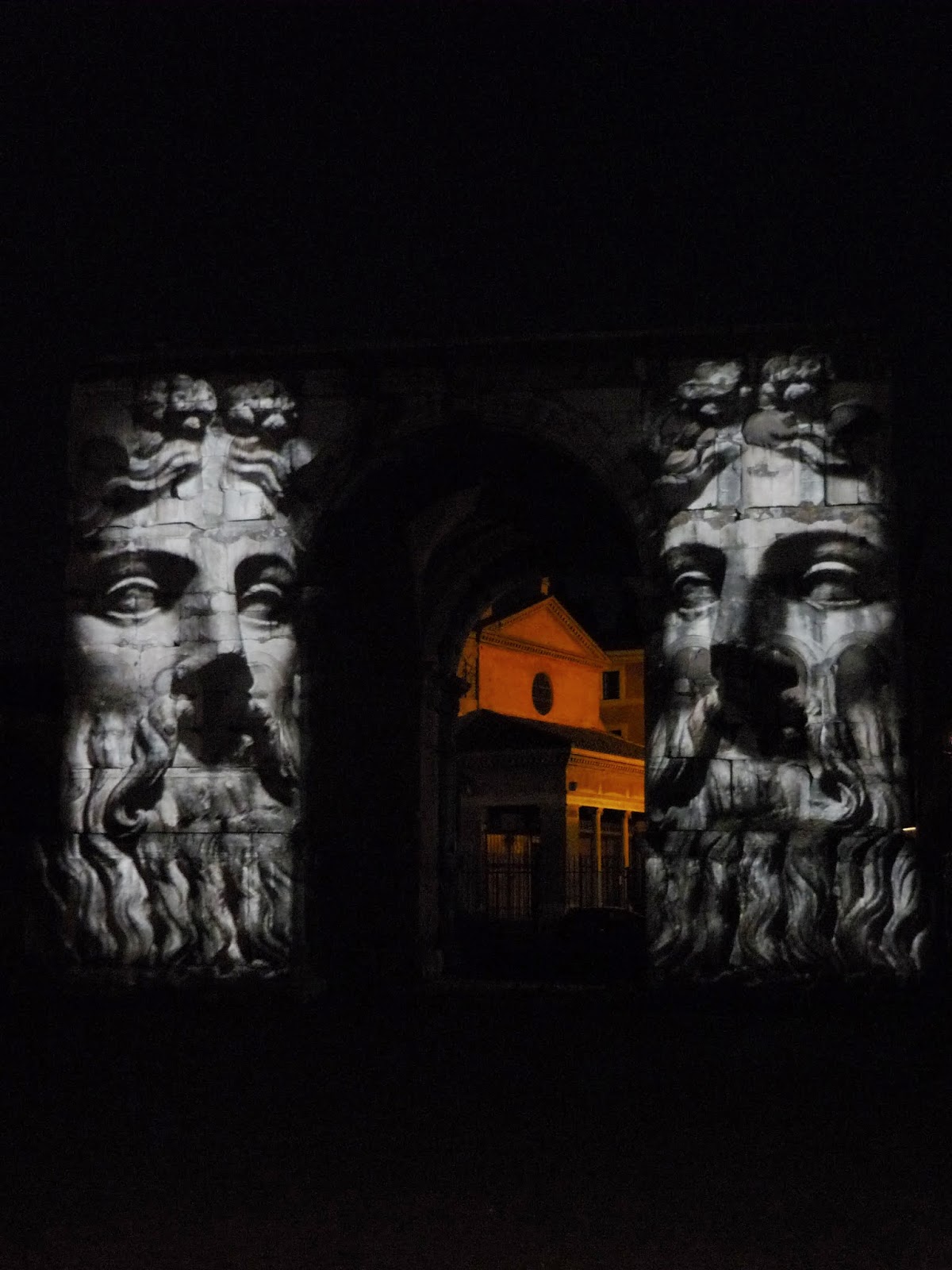The building, also known as the "Monsters' House", owes its name to the main door and the two side windows, which represent a huge opened mouth.
The project was realized, in 1592, by the Italian painter Federico Zuccari, who was the property owner. Morover, he decorated the ground floor with amazing frescoes, such as "Hercules between the vice and the virtue".
Zuccari wanted to use the building as an Art Academy, but he died in 1609 and his heirs sold the house to the Toscanella family, which built two extra levels.
In XVIII century, Maria Casimira, Queen of Poland, lived in this house and changed the structure, adding a porch and a theatre. Thanks to the Queen, the Palazzetto Zuccari became a fervid cultural centre and housed famous personalities such as Johann Joachim Winckelmann e Louis David.
After being a religious institute, in 1904 the building was bought by Enrichetta Hertz, a German antique collector, who changed the house look.
In 1913 the woman died, bequeathing her paintings collection to Italy and the house (with a incredible library) to Germany, which transformed the building into an official Library, known as Biblioteca Hertziana.
Since 1963, the Library has managed by Max Planck Institut für Kulturgesichte.
Today, after a restoration directed by Juan Navarro Baldeweg, the Library architecture looks very modern, but the inner frescoes and the façade are original.
 |
| Main door |
 |
| Side window |
 |
| Façade |
 |
| "Hercules between the vice and the virtue" (fresco) |






















